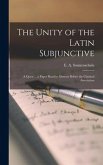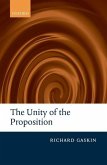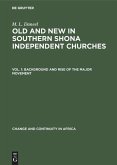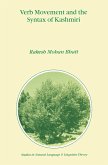Displacement (of linguistic expressions) is a ubiquitous phenomenon in natural language. In the generative tradition, displacement is modelled in terms of transformation, or more precisely, movement, which establishes dependencies among syntactic constituents in a phrase structure. This book probes the question regarding to what extent movement theories can be unified. Specifically, I address issues surrounding the debate of the distinction between head movement and phrasal movement over the past few decades. The distinction presupposes that structural complexity of the moving element is correlated with its movement properties. The goal of this book is to show that this is an unwarranted assumption. Based on a number of case studies on verb displacement phenomena in Cantonese, I attempt a unified theory of movement by abandoning the head/phrase distinction in movement theories. These case studies converge on the conclusion that the phrase structure status of syntactic constituents bears a minimal role in theorizing displacement phenomena in natural language. This volume represents a minimalist pursuit of a unified theory of movement.








